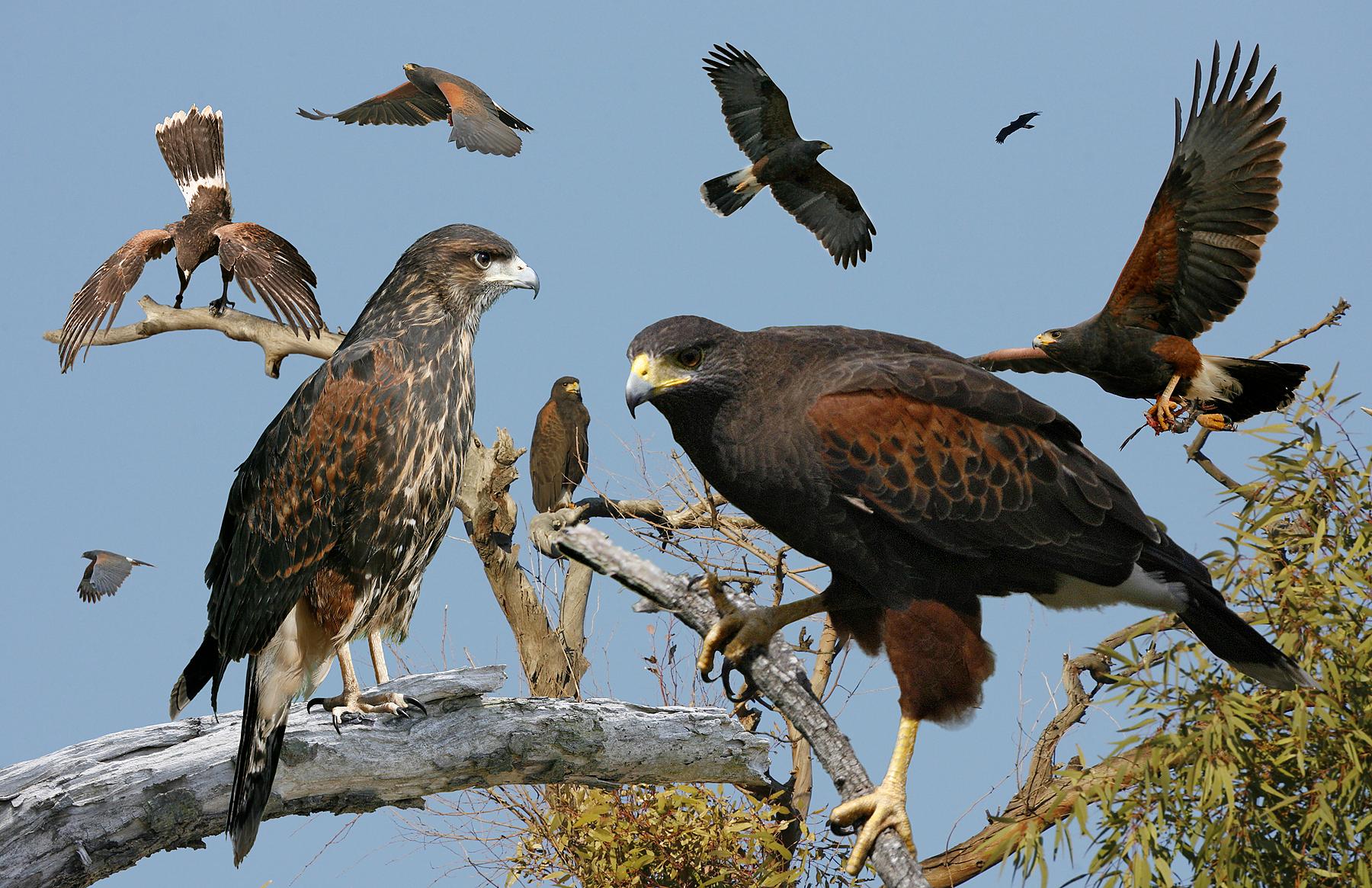Harris Hawks Optimization (HHO)¶
A module for the Harris Hawks Optimization with parallel computing support and mixed discrete/continuous optimization ability.
Original paper: Heidari, A. A., Mirjalili, S., Faris, H., Aljarah, I., Mafarja, M., & Chen, H. (2019). Harris hawks optimization: Algorithm and applications. Future generation computer systems, 97, 849-872.

What can you use?¶
Multi processing: ✔️
Discrete spaces: ✔️
Continuous spaces: ✔️
Mixed Discrete/Continuous spaces: ✔️
Parameters¶
-
class
neorl.evolu.hho.HHO(mode, bounds, fit, nhawks, int_transform='nearest_int', ncores=1, seed=None)[source]¶ Harris Hawks Optimizer
- Parameters
mode – (str) problem type, either “min” for minimization problem or “max” for maximization
bounds – (dict) input parameter type and lower/upper bounds in dictionary form. Example:
bounds={'x1': ['int', 1, 4], 'x2': ['float', 0.1, 0.8], 'x3': ['float', 2.2, 6.2]}fit – (function) the fitness function
nhawks – (int): number of the hawks in the group
int_transform – (str): method of handling int/discrete variables, choose from:
nearest_int,sigmoid,minmax.ncores – (int) number of parallel processors (must be
<= nhawks)seed – (int) random seed for sampling
-
evolute(ngen, x0=None, verbose=False, **kwargs)[source]¶ This function evolutes the HHO algorithm for number of generations.
- Parameters
ngen – (int) number of generations to evolute
x0 – (list of lists) initial position of the hawks (must be of same size as
nhawks)verbose – (bool) print statistics to screen
- Returns
(tuple) (best individual, best fitness, and dictionary containing major search results)
Example¶
from neorl import HHO
#Define the fitness function
def FIT(individual):
"""Sphere test objective function.
F(x) = sum_{i=1}^d xi^2
d=1,2,3,...
Range: [-100,100]
Minima: 0
"""
y=sum(x**2 for x in individual)
return y
#Setup the parameter space (d=5)
nx=5
BOUNDS={}
for i in range(1,nx+1):
BOUNDS['x'+str(i)]=['float', -100, 100]
#setup and evolute HHO
hho=HHO(mode='min', bounds=BOUNDS, fit=FIT, nhawks=20, ncores=1, seed=1)
x_best, y_best, hho_hist=hho.evolute(ngen=200, verbose=1)
Notes¶
HHO is inspired by the cooperative behavior and chasing style of Harris’ hawks in nature, which is called surprise pounce. Several hawks cooperatively pounce a prey from different directions in an attempt to surprise it. The prey here can be a rabbit, which is a representative of the global optima.
HHO employs different exploration and exploitation strategies in form of soft and hard besieges as well as rapid dives before attacking the prey. These strategies are parameter-free, as only
nhawksneeds to be specified by the user.We provide a flexible HHO implemetation that can handle continuous (
float), discrete (int), and categorical (grid) and their mix. The user can control the type of discrete transformation via the argumentint_transform.ncoresargument evaluates the fitness of all hawks in the swarm in parallel after the position update. Therefore, setncores <= nhawksfor most optimal resource allocation.Look for an optimal balance between
nhawksandngen, it is recommended to minimize the number ofnhawksto allow for more updates and more generations.Total number of cost evaluations for HHO is
2*nhawks*ngen(this is an upper bound estimate as there is randomness in whether some of the hawks are evaluated or not).